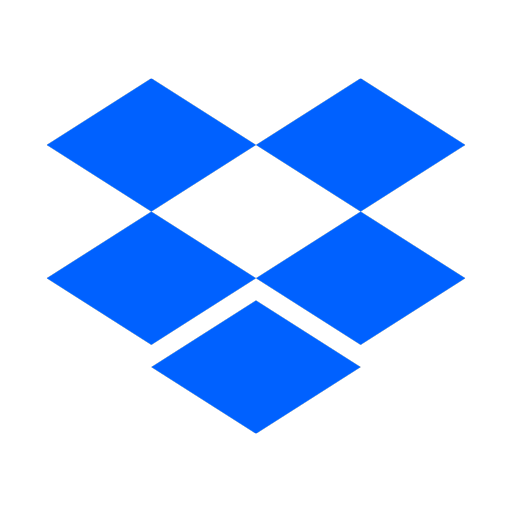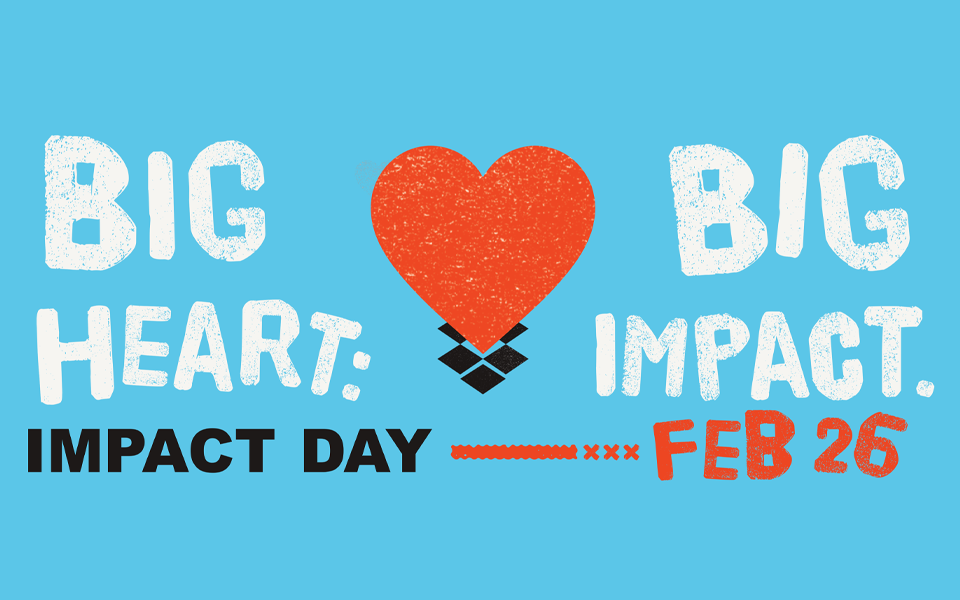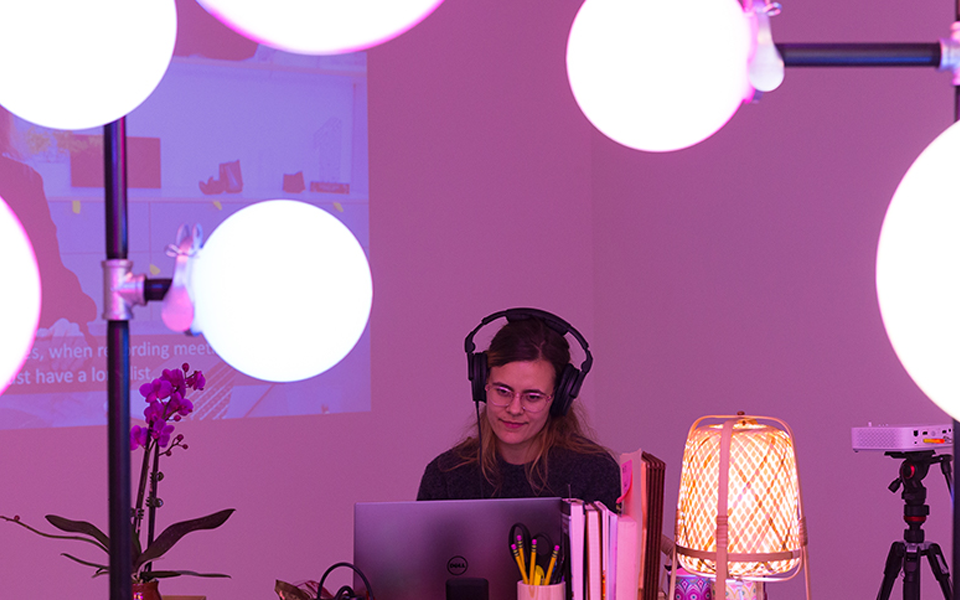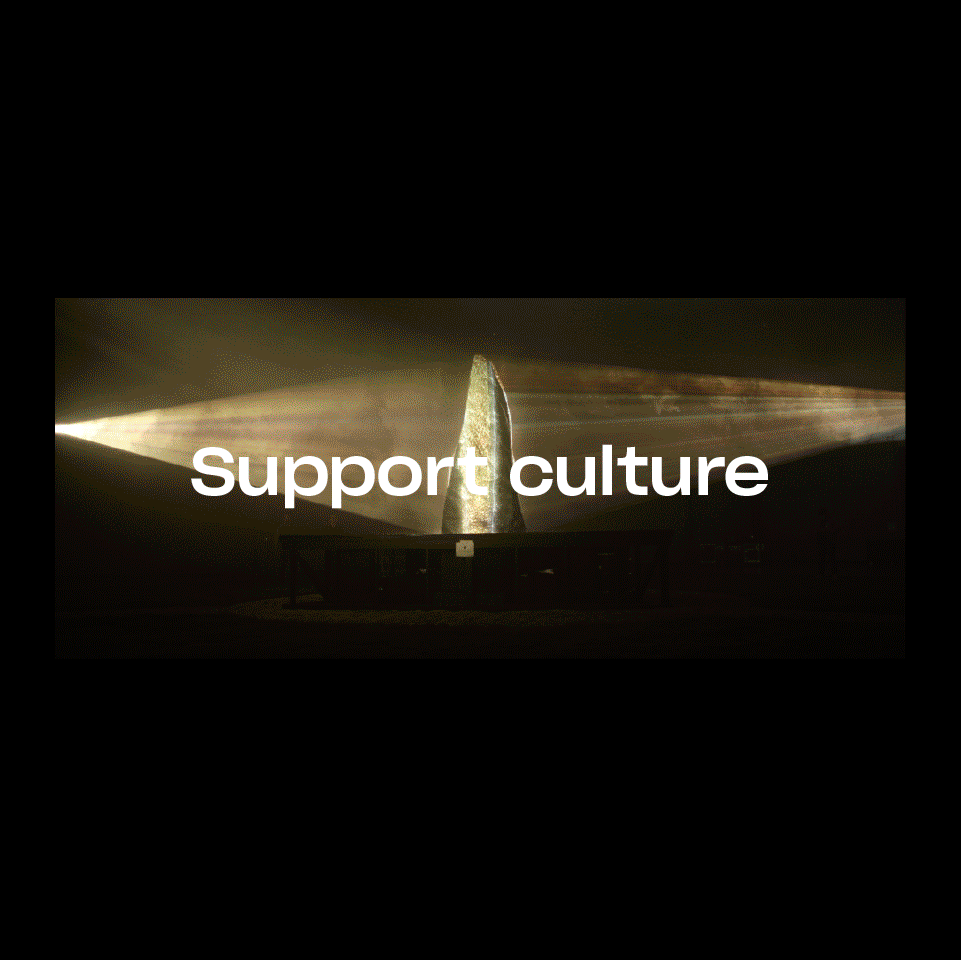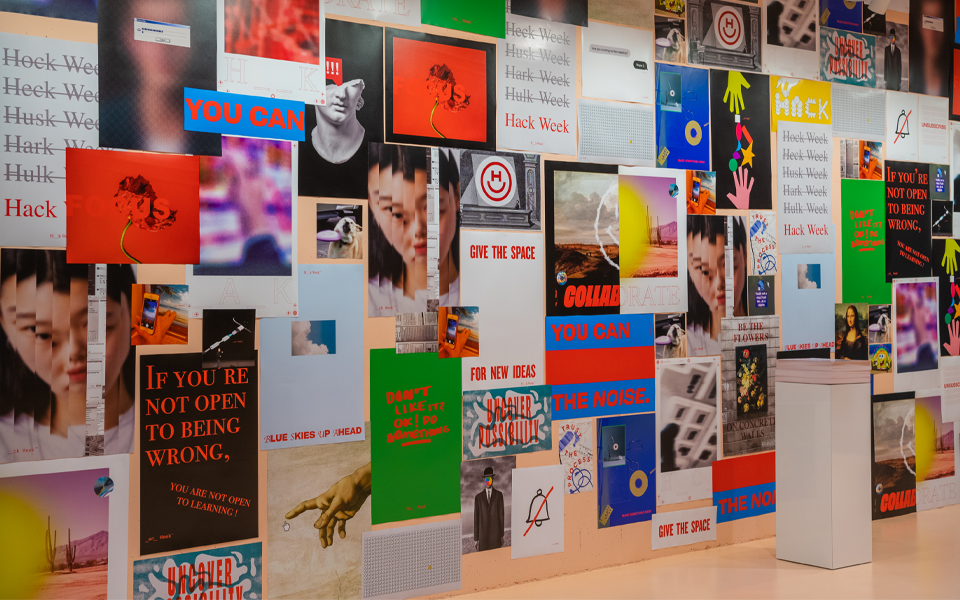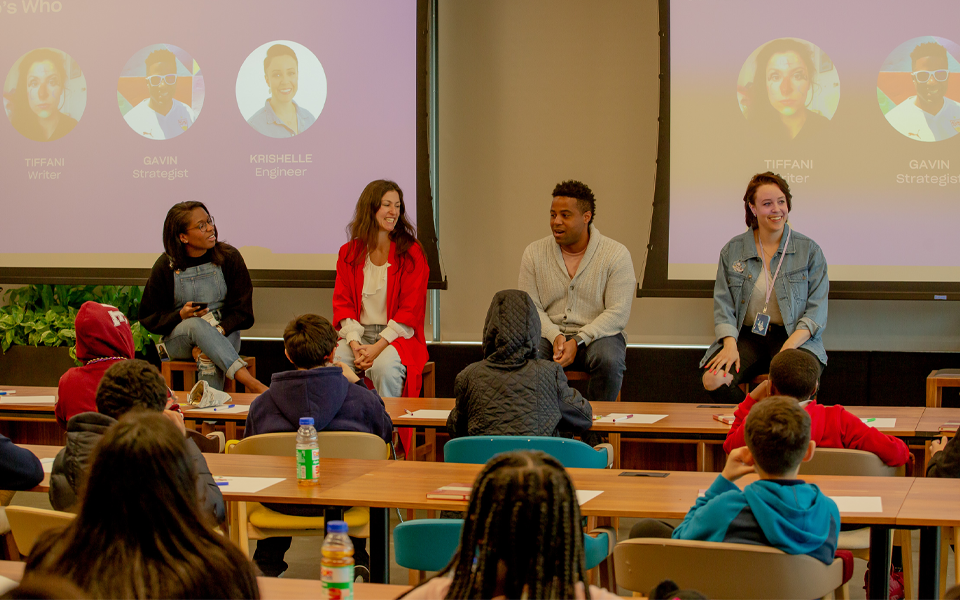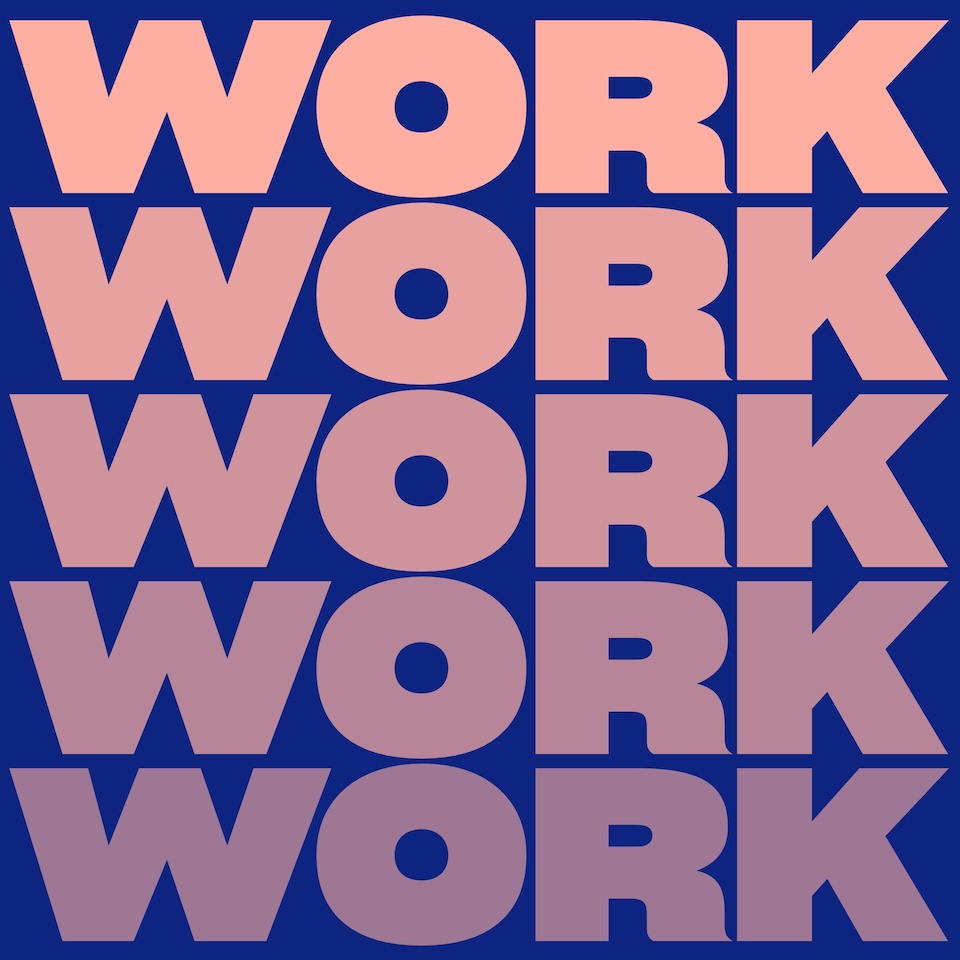
2018 was a big year for Dropbox. But our mission to design a more enlightened way of working is just beginning. With a new year ahead of us, we’re reflecting on our own work experiences and how we want to help shape the way teams work in 2019.
Work is in transition. Many developed nations from Europe to Japan have declared “burnout” an occupational hazard that’s reaching epidemic levels. The International Labor Organization has called a Global Commission on the future of work to convene in June, 2019 to address “major trends” like a growing sense that work isn’t rewarding.
The problem isn’t just long hours, it’s how we work: constantly switching between different tools and apps, distracted by notifications, trying to remember which comment thread has some key information we can’t find. We work in a state of shallow busyness—and it’s driving us nuts. It’s not just you. We feel it, too.
We can’t fix work in a year. But we’re excited about what we’ve got planned for 2019. While we’re not making any product announcements in this post, here’s how we want to help impact the way teams work:
Managing app overload
As more of our work goes into the cloud, the exploding number of cloud-based apps and services has been one of the most impactful trends in the last few years. And it’s not just in tech—a recent survey found that across industries as varied as healthcare, retail, manufacturing, media and entertainment, companies increased the number of apps they use by an average of 24% from 2016 to 2018.
We’re excited by the pace of innovation in cloud apps, and we see creating the right environment to manage app overload as a big opportunity.
Many of these specialized tools offer attractive advantages. But toggling back and forth between them all creates friction. The constant context-switching adds to the state of busyness that keeps us from focusing on our most meaningful work. The tools are great—but juggling them all brings an opportunity cost.
Which is why we’re building Dropbox as an open ecosystem that integrates deeply with popular workplace apps. We want to help people do more of their work, from annotating videos to signing contracts, using whatever tools they like, all within a single connected environment.
We introduced Dropbox Extensions last fall to help bring this vision to life through a suite of integrations with Autodesk, Adobe, Pixlr, Vimeo, and more. We recently acquired HelloSign—our biggest acquisition to date—to help seamlessly integrate document signing into the Dropbox experience, one of the most pervasive workflows for teams of all kinds.
We’re excited by the pace of innovation in cloud apps, and we see creating the right environment to manage app overload as a big opportunity.
Tuning out the noise to focus on what matters most
We’re proud to be the place where your most important work content lives. Communicating about that content and coordinating workflows around it is important, but keeping track of all the notifications and comment threads can be overwhelming.
We see an opportunity to help tame some of the noise of workplace communication with experiences tailor-made for this purpose, and help people reclaim focus to do their best work.
Most workers receive about 90 emails per day, and research shows that keeping up with all of it creates stress. And that’s just email—factor in the pings from all the other workplace tools you use every day, and the number of notifications vying for your attention can feel like a relentless deluge.
Our attention is a finite resource, but often we act as if it’s limitless. We see an opportunity to help tame some of the noise of workplace communication with experiences tailor-made for this purpose, and help people reclaim focus to do their best work.
Not-so-artificial intelligence
AI has become a euphemism for big companies harvesting user data to target advertising. We believe in a different kind of machine intelligence that puts customers in control and empowers them to make the most of their time and mental resources.
There’s a vast number of images, text files, and cloud docs that people collaborate on within Dropbox. But each is shared with a small audience. This creates technical challenges for search and retrieval as well as for security and privacy. We’re taking on these challenges because we think keeping your work organized and findable, understanding context, and prioritizing what’s important are all uniquely human needs that machine intelligence can assist.
Machine intelligence powers our personalized search engine that helps users find relevant content, as well as our OCR technology that automatically scans the text in images to make it searchable. As we expand our product to solve the problems of modern work, responsible and personalized machine intelligence will play a big role.
Secure collaboration
We know that in order for many teams to create great work with Dropbox, we must first satisfy the security requirements of the IT departments that support them. Which is why we’re continuing to invest in leading edge technologies like WebAuthn and unauthorized access detection capabilities. And because security takes an entire ecosystem, last fall we announced a suite of new security integrations with Google Cloud Identity, BetterCloud, Coronet, Proofpoint, and SailPoint.
Security has always been one of our top priorities. The move to the cloud itself has given businesses of all sizes access to the protections of security engineering at scale. But as the amount of vital information increases in the cloud, the needs of different types of businesses continues to expand.
The native features and integrations we’ll continue building into our platform mean that companies can easily scale the security services they require without having to maintain complicated on-premises solutions.
Helping teams play nice
Each thing on this list will improve the work experience for teams. As we’ve evolved from keeping files in sync to keeping teams in sync we’ve arrived at an inflection point. Converging technologies and workplace trends are creating promising new opportunities.
We believe work is in transition, and it’s making forward progress. But to make the most of the unprecedented access to information and tools for creating and communicating, we need to design a better way to manage it all. We’ve got a vision for that better way, and we’re excited to be building it.
This will be a multi-year journey comprising many small steps, and a few big ones. We’ll be announcing more of both soon.
